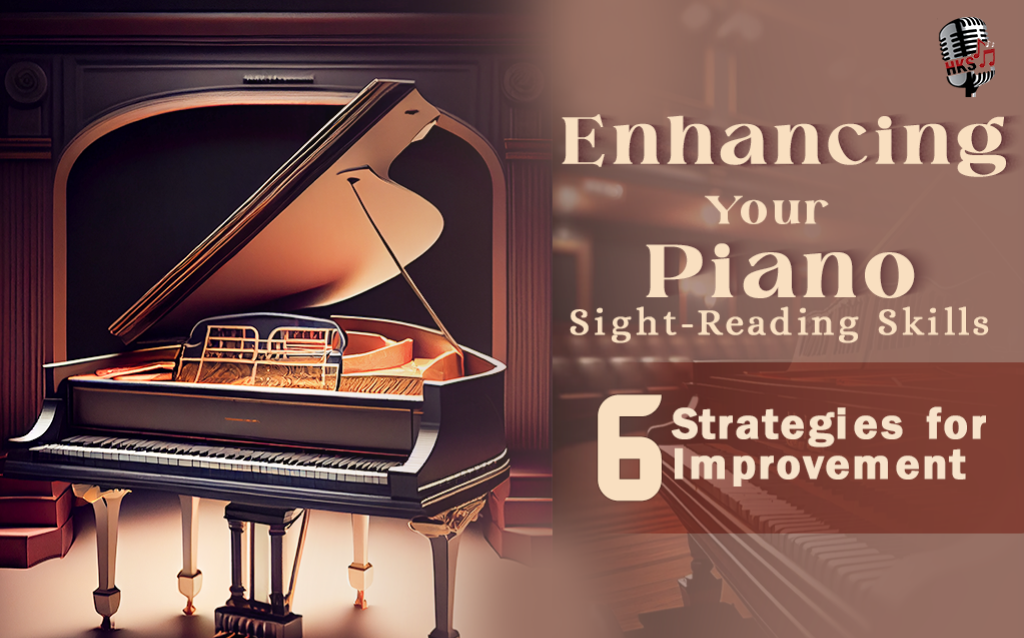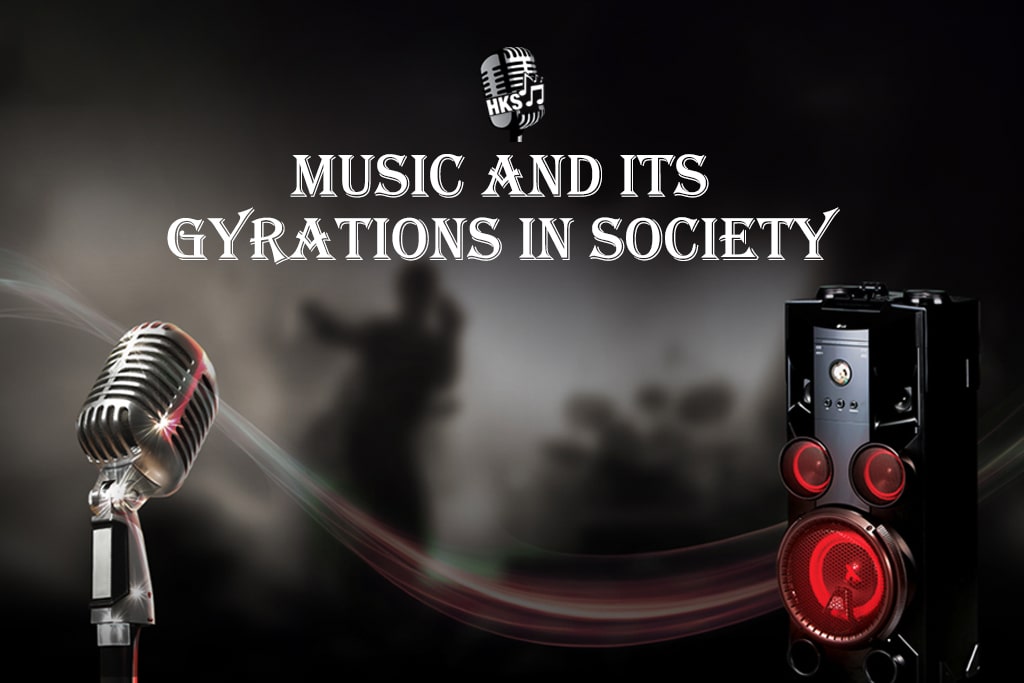Black Friday Store Wide Sale | 35% Off | USE COUPON CODE - BLACKFRIDAY35
Enhancing Your Piano Sight-Reading Skills: 6 Strategies for Improvement

Enhancing your piano sight-reading skills is a journey that opens up a world of musical opportunities. Playing music on the spot without prior preparation is invaluable as a pianist, whether collaborating with other musicians, performing for an audience, or exploring new and exciting repertoire. While sight-reading can be challenging, there are practical strategies that can help you improve your abilities and gain confidence at the piano. This blog will explore six effective strategies to enhance your piano sight-reading skills.
Start with Simpler Pieces
Begin your sight-reading journey with pieces well below your current playing level. This allows you to focus on reading the music rather than being overwhelmed by technical challenges. Gradually progress to more complex pieces as you become more comfortable with sight-reading.
Familiarize Yourself with Common Patterns
Music often contains recurring patterns such as scales, arpeggios, and chord progressions. Take the time to study and practice these patterns outside of your sight-reading sessions. By becoming familiar with these musical elements, you'll be able to recognize them quickly while sight-reading, enhancing your reading speed and accuracy.
Develop Expressive Playing with Bollywood Songs and Karaoke Tracks
Bollywood songs are renowned for their expressive melodies and emotional depth. Sight-reading Bollywood songs and using Bollywood karaoke tracks on the piano allows you to develop a keen sense of melodic phrasing and convey emotions through your playing. Pay attention to the rise and fall of the melody, ornamentations, and dynamic variations, fostering a more nuanced approach to sight-reading.
Use a Metronome for Rhythmic Precision
Rhythm is crucial to sight-reading. Practicing with a metronome helps you develop a steady sense of timing and maintain a consistent pace. Start with a slower tempo and gradually increase the speed as you gain confidence. Remember, accuracy and precision are paramount in sight-reading, so prioritize these over speed.
Focus on the Essentials
While sight-reading, concentrate on the music's key elements, such as melody, rhythm, and essential harmony. Aim to capture the overall musical structure rather than getting caught up in playing every note perfectly. This approach helps you prioritize critical aspects and prevents feeling overwhelmed.
Practice Regularly and Embrace Variety
Consistent practice is the key to improving your sight-reading skills. Set aside dedicated time for sight-reading exercises regularly, even if it's just short daily sessions. To further expand your sight-reading abilities, expose yourself to a wide range of musical styles, genres, and periods. This includes exploring the world of online mixing, which provides opportunities to practice sight-reading within a full musical context. Experiment with sight-reading classical pieces, delve into the complexities of jazz compositions, or explore the catchy melodies of pop songs. The key is to embrace variety and challenge yourself with a diverse repertoire.
Conclusion
Improving your piano sight-reading skills is a gradual process that requires dedication and perseverance. By implementing these six strategies – starting with simpler pieces, familiarizing yourself with musical patterns, using a metronome, focusing on essentials, practicing regularly, and embracing musical variety, including Bollywood karaoke songs and online mixing – you'll notice significant progress in reading and interpreting music on the spot. Sight-reading is a lifelong skill that continually evolves, so enjoy the journey and celebrate your achievements. With consistent practice, you'll gain the confidence to embrace new musical challenges and discover the pure joy of playing music on the piano.







